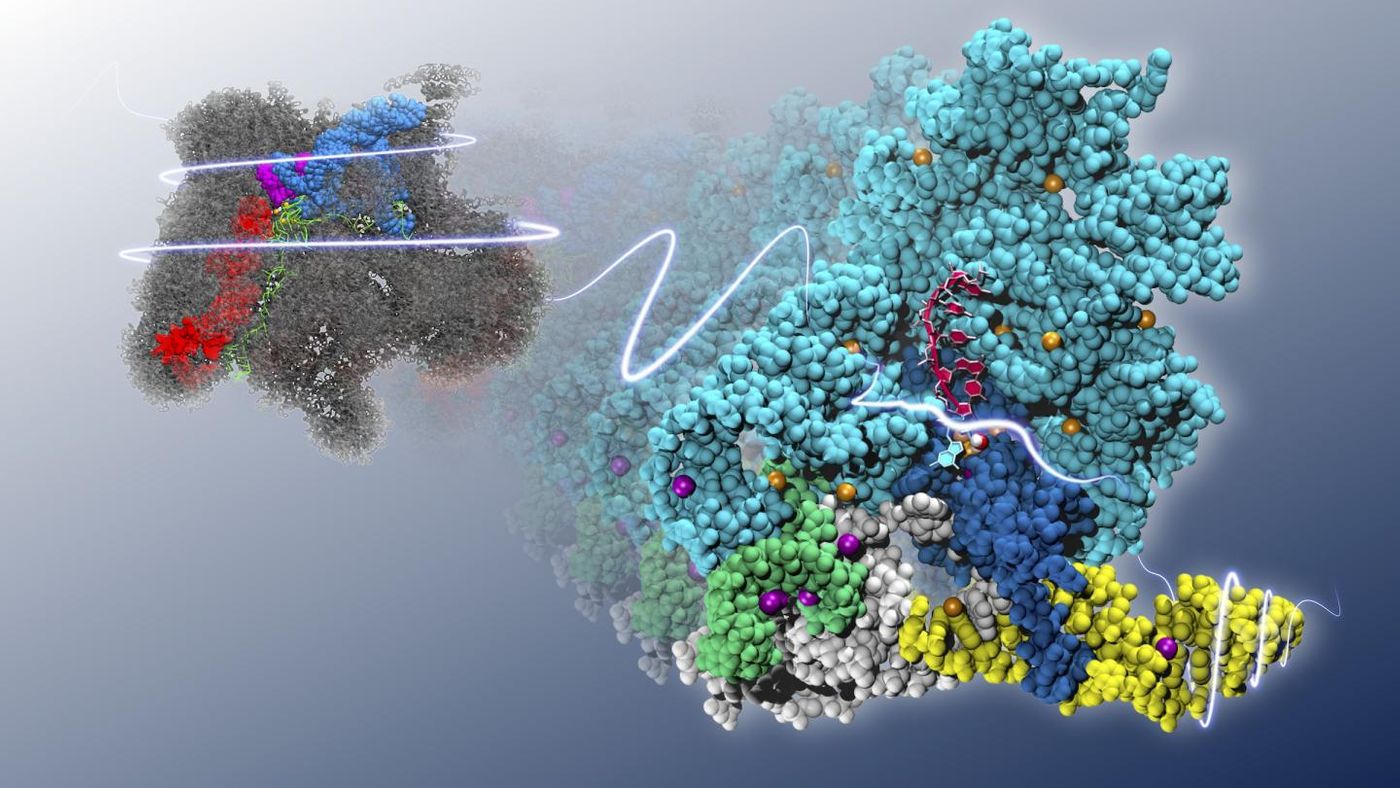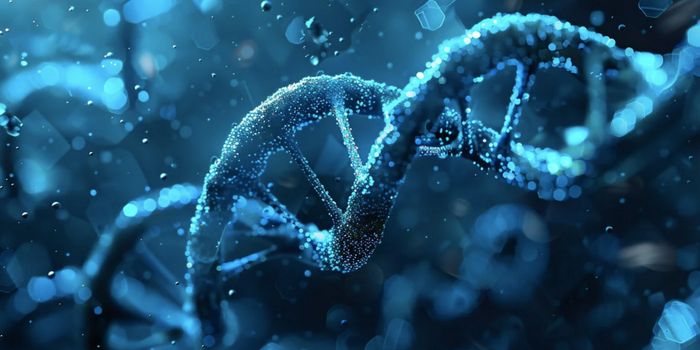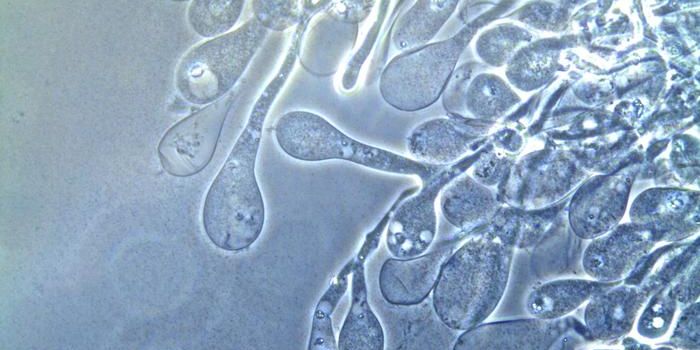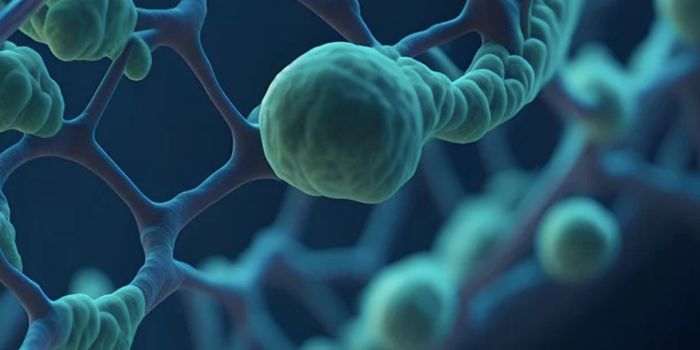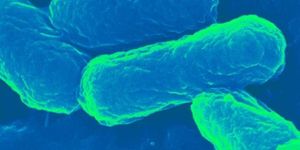Introns and exons are the snippets of genetic information that must be altered before messenger RNA (mRNA) can continue its journey toward making a protein. Scientists thought they knew how the process worked, but a new study’s findings shows that the process, called splicing, does not unfold as scientists previously believed.
A complex of proteins and RNA called the splicesome is responsible for splicing in humans: removing non-coding introns and linking exon coding sequences together. The new study, from the International School of Advanced Studies (ISSA), used computer simulations to once and for all nail down the true pathway of gene splicing in humans. However, instead of studying the human splicesome, the researchers looked at group II intron ribozymes.
Contrary to popular belief, ribozymes work in a different yet equally precise way as protein enzymes. Scientists previously thought that like protein enzymes, ribozymes used very specific methods while active. However, the current study separated the two as unique by associating protein enzymes’ precision with richness of amino acids and ribozymes with an adaption to the RNA that initially formed them.
Group II intron ribozymes are uniquely able to initiate and complete their own splicing, yet they are both structurally and catalytically similar to the human spliceosome, making them the perfect subject for studying gene splicing. With the help of a few magnesium ions, group II intron ribozymes “self-splice” and self-regulate the removal of introns from mRNA, leaving the genetic material primed for later being turned into a protein.
The findings from this study provide a clear first-glance into how the human spliceosome truly works through the transparent lense of the group II intron ribozymes. “Aberrant splicing in humans may lead to various complex diseases and also underlies the development of some forms of cancer and the onset of neurodegenerative diseases,” said Alessandra Magistrato, coordinator of the study, mentioning a few of the reasons for why the study is so important. “A better understanding of the [splicing] process can add important information for our fight against these diseases.
This study was recently published in the
Journal of the American Chemical Society.
Sources:
SISSA,
Cold Spring Harbor Perspectives in Biology
